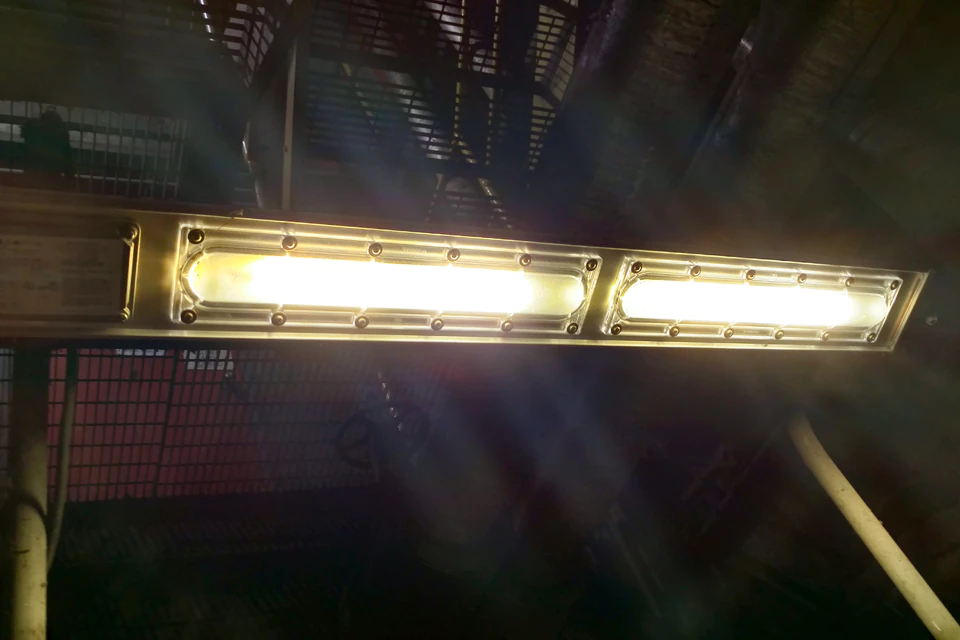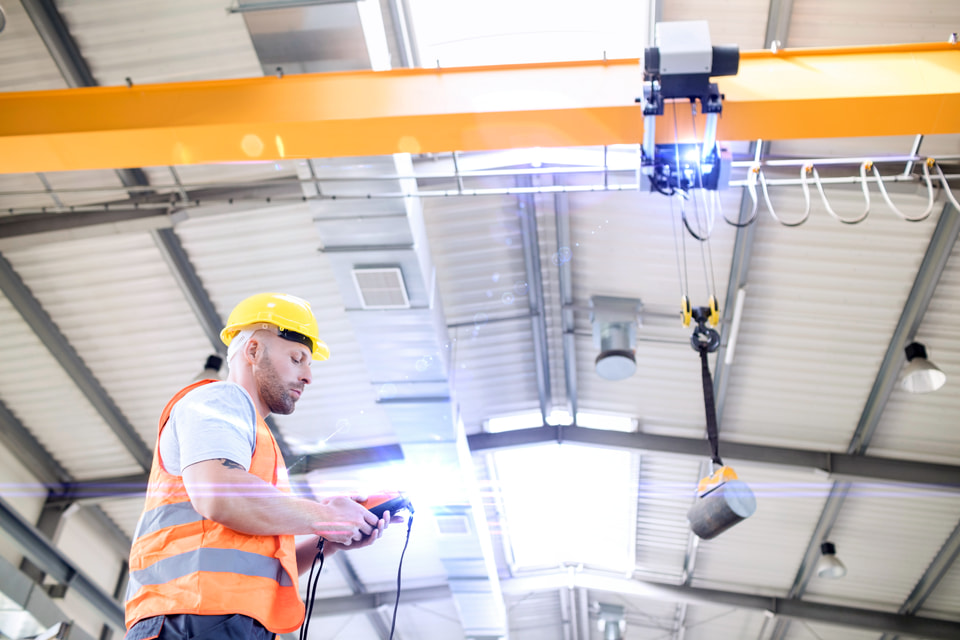Hazardous area lighting is an essential aspect of industrial and commercial operations that require illumination in hazardous environments. These areas are typically characterized by the presence of flammable gasses, vapors, dust, or combustible fibers, which can ignite if they come into contact with a spark or high temperature. As a result, special lighting fixtures must be used to ensure safe operations and comply with regulations.
In this blog post, we will discuss hazardous area lighting in detail, including its importance, classifications, and types of lighting fixtures available.
Why is Hazardous Area Lighting Important?
Hazardous area lighting is crucial for maintaining safe working conditions in environments where there is a risk of explosion or fire. It ensures that workers can see clearly and carry out their tasks with confidence, reducing the chances of accidents and injuries.
In addition, proper lighting can also improve productivity by reducing errors and mistakes, which can occur in low-light or poorly lit areas.
Classification of Hazardous Areas
Hazardous areas are classified based on the type and concentration of flammable substances present in the environment. The classification system is essential for selecting the appropriate lighting fixtures and ensuring compliance with regulations.
There are two primary classification systems in use globally, namely the North American system and the International Electrotechnical Commission (IEC) system. The North American system uses Class, Division, and Group, while the IEC system uses Zone and Group.
Class and Division System
The Class and Division system is used primarily in North America and classifies hazardous areas into three classes based on the type of flammable substances present:
Class I: Areas with flammable gases or vapors such as natural gas, propane, and hydrogen.
Class II: Areas with combustible dust such as flour, grain, and wood.
Class III: Areas with flammable fibers or flyings such as cotton, wool, and rayon.
Each class is then divided into two divisions, depending on the likelihood of the hazardous substance being present:
Division 1: Areas where the hazardous substance is present continuously or intermittently.
Division 2: Areas where the hazardous substance is present only under abnormal conditions.
Zone System
The Zone system is used in Europe and other parts of the world and classifies hazardous areas into three zones based on the likelihood and duration of the hazardous substance being present:
Zone 0: Areas where the hazardous substance is present continuously or for long periods.
Zone 1: Areas where the hazardous substance is likely to be present during normal operations.
Zone 2: Areas where the hazardous substance is not likely to be present, but may be present for short periods.
Each zone is then classified into groups based on the type of flammable substance present, similar to the Class system.
Types of Hazardous Area Lighting Fixtures
There are several types of hazardous area lighting fixtures available, each designed to meet specific requirements based on the classification of the hazardous area. Some of the most common types of hazardous area lighting fixtures include:
- Explosion-Proof Fixtures are designed to contain any sparks or heat generated by the lighting source within the fixture, preventing them from igniting any flammable substances present in the environment. These fixtures are typically used in areas classified as Class I or Zone 1.
- Intrinsically Safe Fixtures are designed to prevent any electrical or thermal energy from exceeding safe levels, reducing the risk of ignition in hazardous areas. These fixtures are typically used in areas classified as Class I or Zone 0.
- Non-Sparking Fixtures are designed to prevent any sparks from being generated during operation, reducing the risk of ignition in areas classified as Class II or III.
- LED Fixtures are becoming increasingly popular in hazardous area lighting due to their energy efficiency.
Industrial Safety Information
Falckproductions.com is dedicated to promoting workplace safety through sharing safety tips as well as providing state-of-the-art safety lighting solutions to reduce accidents and protect workers in commercial and industrial environments.
You can learn more about industrial safety on our resources page.



